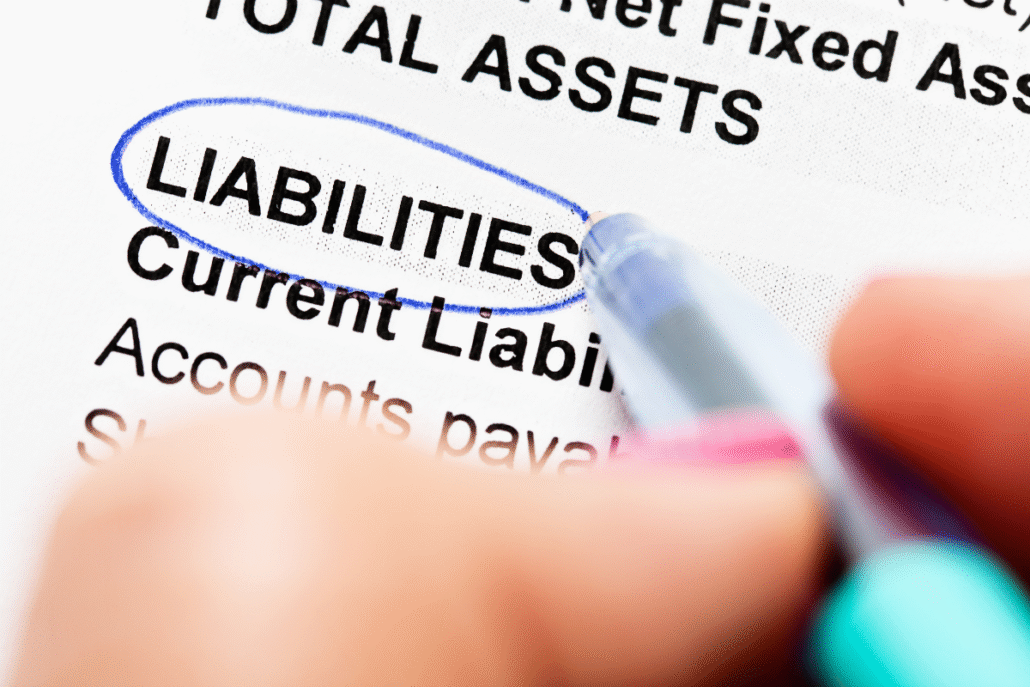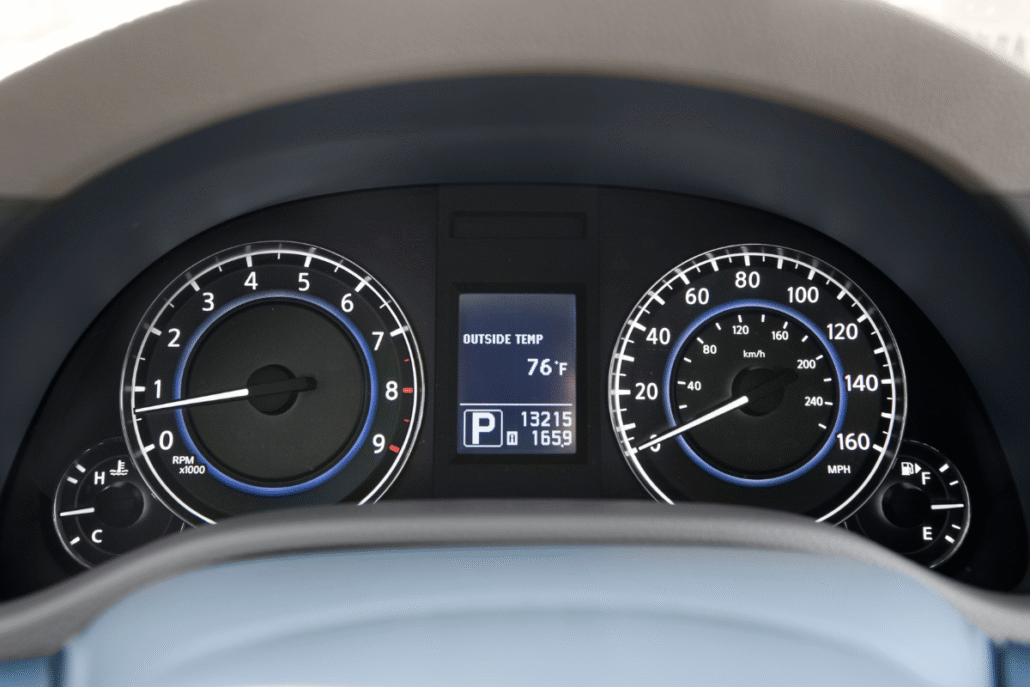Introduction
If you’ve ever wondered how to read a balance sheet without a strong finance background, this guide is for you. Many executives and business owners focus heavily on the income statement (P&L) while overlooking the balance sheet, even though it provides an important view of your company’s financial position: what the business owns, what it owes, and what belongs to owners.
At Momentum CFO, we work with business leaders to transform financial statements into practical insights. This guide explains how you can use the balance sheet to assess risk, identify growth opportunities, and build a stronger foundation for the future.
What Is a Balance Sheet?
The balance sheet is one of the three core financial statements, along with the income statement and the cash flow statement.
| Financial Statement | Time Frame | What it Shows |
| Balance Sheet | Point in time (e.g., May 31) | Assets, liabilities, equity (financial position) |
| Income Statement (P&L) | Period (month/quarter/year) | Revenue, expenses, profit or loss (performance) |
| Cash Flow Statement | Period (month/quarter/year) | Cash inflows/outflows from operating, investing, and financing activities |
Unlike those, which measure performance or cash flows over a period of time, the balance sheet is a snapshot of a single point in time.
The balance sheet has three main sections:
- Assets – what your company owns and uses to operate.
- Liabilities – what your company owes to creditors.
- Equity – what remains for owners after liabilities are paid.
Together, these three sections provide a full picture of your company’s financial health.
The Balance Sheet Equation
At the heart of every balance sheet is a simple equation:
Assets = Liabilities + Equity
Or restated:
Equity = Assets – Liabilities
This balance sheet must always balance. Every dollar of assets is financed either by debt (liabilities) or by owners’ investment (equity).
The Three Sections of the Balance Sheet
The balance sheet tells a story of your business in three parts:
- Assets (What You Own): These are the resources your business uses to create value, including cash in the bank, receivables from customers, inventory, and investments in property or equipment. Strong assets give your business resilience and flexibility.
- Liabilities (What You Owe): These are your financial obligations to lenders, suppliers, employees, and tax authorities. Liabilities can fuel growth, but too much reliance on debt can create risk.
- Equity (What Belongs to Owners): This is the value left over for owners after paying off liabilities. Equity reflects how much of the business is truly yours.
When you understand how these sections fit together, you can see whether your company is building value, straining under debt, or balancing the two.

Assets: What You Own
Assets are divided into two categories: current assets (convertible to cash within 12 months) and non-current/long-term assets (held for longer).
Current Assets include:
- Cash & Cash Equivalents – Bank balances or short-term investments.
- Accounts Receivable (A/R) – Customer invoices not yet collected.
- Inventory – Raw materials, work-in-progress, finished goods.
- Prepaid Expenses – Payments made in advance (insurance, rent).
- Other Current Assets – Deposits, employee advances.
Non-Current Assets include:
- Property, Plant & Equipment (PP&E) – Buildings, machinery, vehicles.
- Intangible Assets – Patents, software, trademarks.
- Goodwill – Value recorded when a company buys another business for more than the fair market value of its assets. It reflects things like brand reputation, loyal customers, or strong relationships that add value beyond physical assets.
Why it matters: Monitoring assets shows whether growth is supported by liquid resources like cash or tied up in less flexible forms such as inventory and equipment. This perspective helps you manage liquidity, prioritize investments, and ensure your resources align with your strategy.

Liabilities: What You Owe
Liabilities are also divided into current and non-current categories.
Current Liabilities include:
- Accounts Payable (A/P) – Vendor bills not yet paid.
- Accrued Expenses – Wages, taxes, utilities incurred but not paid.
- Short-Term Debt – Lines of credit, loan installments due within a year.
- Deferred Revenue – Payments collected before delivering products/services.
- Other Current Liabilities – Sales tax payable, credit cards, short-term leases.
Non-Current Liabilities include:
- Long-Term Debt – Bank loans, bonds, or leases due after one year.
Why it matters: Comparing liabilities to assets helps you assess whether your company can comfortably meet obligations or is becoming overleveraged. The right balance of debt supports growth, but too much risk can limit flexibility and make financing more costly.
Equity: What Belongs to Owners
Equity represents the portion of the business that belongs to its owners after all debts are paid. It shows how much of the company’s value is truly yours.
Key components include:
- Owner’s or Shareholders’ Equity – The owners’ stake in the business.
- Retained Earnings – Profits the company keeps and reinvests instead of distributing to owners.
- Paid-In Capital – Money invested directly by owners or shareholders, such as startup funding or later capital raises.
- Treasury Stock – Shares a company has repurchased. This reduces total equity because cash was used to buy back ownership.
Why it matters: Tracking equity over time shows whether the business is truly creating value for its owners. Growth fueled by profits reflects a strong, self-sustaining company, while growth that depends mainly on capital infusions can signal underlying weaknesses.
Key Metrics for Business Leaders
You don’t need to memorize formulas, but a few simple ratios can help you quickly gauge financial health:
- Working Capital = Current Assets – Current Liabilities
Measures liquidity: do you have enough resources to cover obligations? - Current Ratio = Current Assets ÷ Current Liabilities
Assesses short-term solvency. Ratios below 1 suggest strain; many businesses target 1.2–2.0 depending on industry. - Debt-to-Equity = Total Liabilities ÷ Equity
Shows leverage. High ratios increase risk if profits decline.
Why it matters: These ratios act like dashboard signals for your business. When they shift in the wrong direction, it’s a sign to look deeper and take corrective action before small issues turn into bigger challenges.
What Your Balance Sheet Can Tell You
Once you know how to read a balance sheet, you can use it to:
- Gauge liquidity: Can you fund day-to-day operations without stress?
- Spot risks: Are receivables piling up or inventory growing faster than sales?
- Assess leverage: Is debt fueling smart growth or creating fragility?
- Support decisions: From hiring and expansion to preparing for investors, your balance sheet provides critical context.
The Bottom Line
The balance sheet is a leadership tool, not just a financial report. It shows how your company is funded, how effectively resources are being used, and whether long-term value is being created for owners.
When you understand how to read a balance sheet, you can connect the numbers to strategy. You’ll see whether growth is sustainable, whether risks are emerging, and where opportunities lie. This understanding turns financial statements from static reports into tools for confident decision-making.
At Momentum CFO, we help business leaders move beyond the numbers to take decisive action—strengthening cash flow, optimizing capital structure, and building the foundation for future growth.
Ready to put your balance sheet to work for you? Schedule a free introductory consultation and learn how we can help translate financials into strategy.




